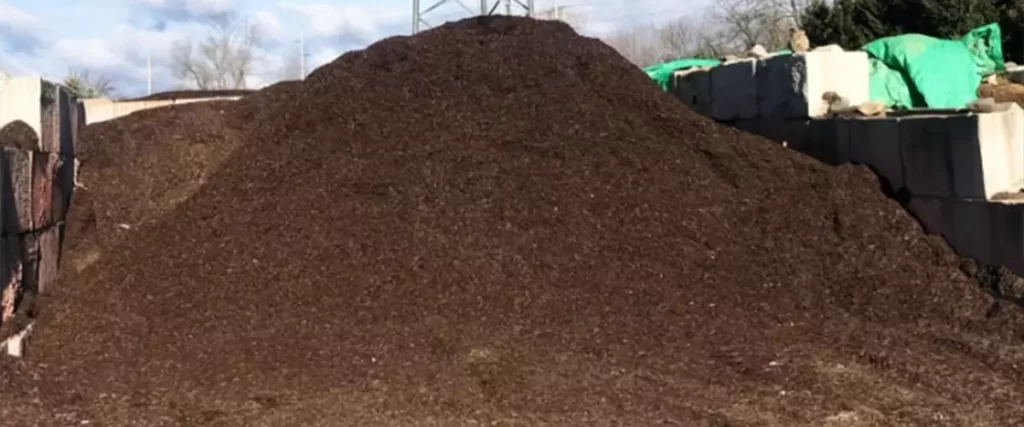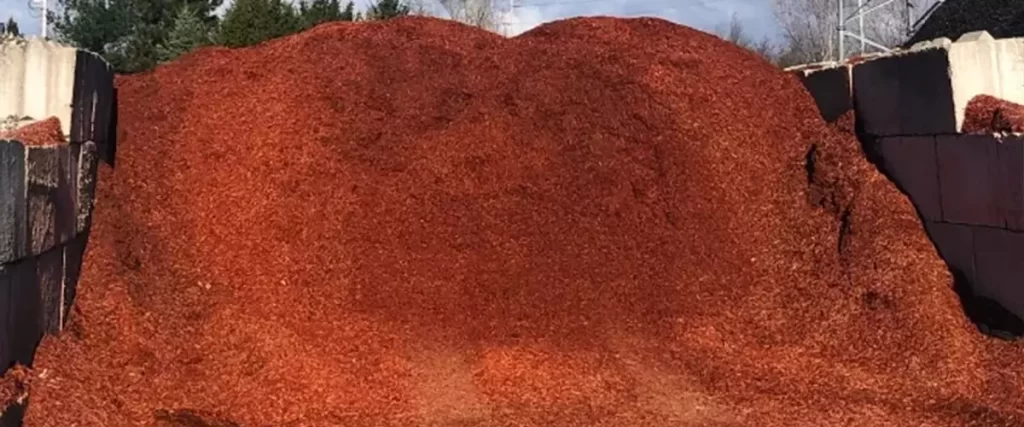Unlocking The Secrets Of Ohio’s Diverse Soil Types
Are you struggling to choose the right plants for your garden or farm in Ohio? Do you want to know more about the different soil types found in the state and which plants thrive in them?
If so, you’re in the right place. In this blog post, we’ll explore the primary soil types found in Ohio, the plants that grow best in each of them, and how to choose the right plants for your specific location.
By the end of this post, you’ll have the knowledge and confidence to select the best plants for your soil type and create a thriving garden or farm. You’ll also want to know about the planting zones in Ohio before you start growing.
Unlocking The Secrets Of Ohio’s Diverse Soil Types

Ohio has a diverse range of soil types, reflecting its varied topography, climate, and geological history. The primary soil types found in Ohio include:
Alfisols: These are fertile, well-draining soils commonly found in forested regions. They are generally rich in nutrients and support a variety of agricultural activities, such as growing corn, soybeans, and wheat.
Mollisols: These deep, dark-colored soils are rich in organic matter and are found in the state’s grassland regions. Mollisols are highly productive and suitable for growing crops like corn and soybeans.
Inceptisols: These soils are moderately developed and can be found in various landscapes across Ohio. They are less fertile compared to Alfisols and Mollisols but can still support some agricultural activities.
Histosols: These are organic-rich soils formed from the accumulation of decomposing plant material in wetlands or poorly drained areas. Histosols are not suitable for conventional agriculture due to their high water content and low bearing capacity.
Entisols: These are young, poorly developed soils found in areas with frequent disturbance, such as floodplains or steep slopes. They often have limited agricultural potential due to their shallow depth and low nutrient content.
These soil types can be found in various combinations and subtypes throughout Ohio, with specific characteristics often varying based on local conditions. Soil suitability for agriculture and other land uses depends on factors such as drainage, fertility, and depth.
More to Read: Low Maintenance Perennials For Ohio’s Climate
Which Plants Grow Best In Ohio Soil Types

The Northwest part of Ohio and the Northeast part of Indiana experience a humid continental climate, with warm summers and cold winters. If you’re ever in doubt about what plants to buy, native Ohio plants should always thrive as they are accustomed to the climate, soil, and weather.
Here’s a list of plants that would grow well in each of the five soil types in these regions:
Alfisols:
- Corn
- Soybeans
- Wheat
- Oats
- Apples
- Cherries
- Blueberries
Mollisols:
- Corn
- Soybeans
- Wheat
- Oats
- Sunflowers
- Potatoes
- Tomatoes
Histosols(Assuming Proper Drainage):
- Cranberries
- Blueberries
- Sedges
- Willow trees
- Cattails
Inceptisols:
- Grasses (e.g., fescue, ryegrass)
- Legumes (e.g., clover)
- Wildflowers (e.g., coneflower, black-eyed Susan
- Trees (e.g., maple, oak, hickory)
- Shrubs (e.g., viburnum, dogwood)
Entisols:
- Grasses (e.g., switchgrass, bluestem)
- Wildflowers (e.g., goldenrod, milkweed)
- Trees (e.g., cottonwood, willow) in floodplain areas
- Shrubs (e.g., elderberry, sumac) in floodplain areas
Please note that while these plants are generally suitable for the specified soil types, it’s essential to consider factors such as sunlight, moisture, and nutrient requirements when selecting plants for your specific location.
Soil Types And What Kind Of Plants Thrive In Them

Mollisols
Alfisols
Inceptisols
Andisols
Ultisols
Vertisols
Spodosols
Entisols
Plants suited for Entisols should be adaptable to young, poorly developed soils, often found in areas with frequent disturbances such as floodplains or steep slopes. They should possess efficient nutrient uptake mechanisms and tolerate various moisture conditions.
Oxisols
Aridisols
Histosols
Gelisols
Plants suited for Gelisols should be cold-tolerant or psychrophilic, as these soils are characterized by permafrost or evidence of permafrost near the soil surface. They should be able to tolerate short growing seasons and low nutrient availability.
Use our guide to growing plants to help yours thrive in our Ohio climate.
Gelisols
Soil Particles And Soil Formation
The formation of soil involves the breakdown of rocks and minerals into smaller soil particles.
Soil particles can be broadly categorized into three main types: sand, silt, and clay.
Sandy soils are composed of larger particles, while clay soils consist of the smallest particles.
Clay Soils And Sandy Soils
Clay soils are characterized by their high content of clay particles, which are smaller than 0.002 millimeters in diameter. Clay soil is often rich in nutrients but can be heavy and slow-draining due to its compact nature.
On the other hand, sandy soils contain larger particles (0.05-2 millimeters in diameter), which create a loose, well-draining soil structure.
Both clay and sandy soil can be found in Ohio, depending on the parent material and soil formation processes.
Organic Matter And Organic Materials
Soil Microbes
Soil Structure And Soil Horizons
Soil structure refers to the arrangement of soil particles and the spaces between them, which can influence a soil’s ability to hold water and nutrients. Soil horizons are distinct layers within the soil, each with unique characteristics resulting from soil formation processes.
In Ohio, you can find various soil types with different soil structures and horizons, such as Mollisols with a dark, fertile surface horizon or Alfisols with a subsoil horizon containing translocated clay.
Plant Roots And Soil Horizons
Plant roots are essential for the uptake of water and nutrients from the soil. Different plant species have root systems adapted to specific soil conditions, which can influence their distribution across various soil types.
In Ohio, you can find plants that thrive in different soil horizons, from shallow-rooted species adapted to the nutrient-rich surface layers to deep-rooted plants that can access water and nutrients from the lower soil horizons.
Let Farrell’s Lawn & Garden Center Help You Choose The Right Plants For Your Soil Type
Understanding the different soil types in Ohio and what kind of plants thrive in them is crucial for any gardener or farmer. By reading this blog post, you now know which plants are best suited for each soil type and can make informed decisions when it comes to planting.
At Farrell’s Lawn & Garden Center, we offer a wide range of services to help our green-thumbed friends in Bryan, OH. We can help you choose the right plants for your soil type and ensure that they thrive in your garden or farm. To learn more about our services, fill out our contact form today or give us a call. Happy planting!
